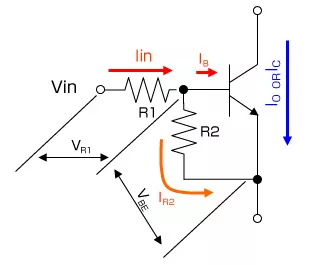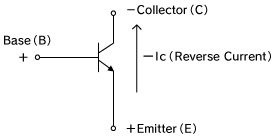What is the function of the rectifier for brake motors?
Date: 2025-03-19 Categories: Blogs、Industry information Views: 180

The rectifier in brake motors serves the essential function of converting AC (alternating current) to DC (direct current) to energize the electromagnetic brake coil. This allows the brake to release and enables motor operation.
Key Functions of a Rectifier in Brake Motors:
-
AC to DC Conversion
- Brake motors typically use an electromagnetic brake, which requires DC voltage for operation. The rectifier converts the AC power supply into the required DC voltage.
-
Brake Release Mechanism
- When the motor is powered, the rectifier supplies DC voltage to the brake coil, generating a magnetic field that releases the brake, allowing the motor shaft to rotate.
- When power is cut off, the rectifier stops supplying DC voltage, deactivating the magnetic field. The brake then engages automatically due to spring force, stopping the motor.
-
Smooth & Efficient Braking
- The rectifier ensures a quick response time for brake release and engagement.
- Some rectifiers also have features like fast discharge circuits to speed up brake application when power is turned off.
-
Voltage Regulation & Protection
- It helps maintain a stable DC output, ensuring consistent brake performance.
- Some rectifiers come with overvoltage protection to prevent electrical damage to the brake coil.
Types of Rectifiers Used in Brake Motors:
- Half-Wave Rectifier: Converts only one half of the AC wave into DC; used for lower power applications.
- Full-Wave Rectifier: Converts the entire AC wave into DC; provides better performance and faster brake response.
In summary, the rectifier is crucial for brake motors as it ensures proper brake operation by supplying the necessary DC power to engage and release the braking system.











